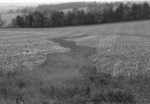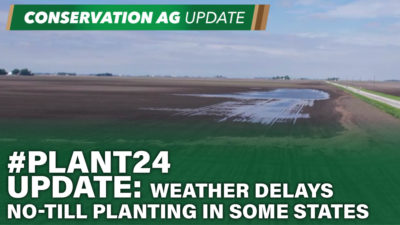Advertise Follow Us
Articles Tagged with ''Cover crops''
Yearly soil and tissue tests, cover crops and timely fertilization to avoid ‘hidden hunger’ in plants can boost yields, says no-tiller and crop consultant Ed Winkle.
Read More
Picking A Strategy For Unplanted Fields
Experts say cover crops are the best option for no-tillers to suppress weeds, and boost nutrient levels and soil microbial activity ahead of next year’s planting.
Read More
Technology, Onfarm Research Pay Off For No-Tillers
Precision planting methods, fungicides and a diverse herbicide rotation help boost the bottom line for Wisconsin growers Josh Trautman and Nick Viney.
Read More
No-Till, Residue Opens New Doors
In the heart of wheat country, continuous no-till delivers crop flexibility and productivity for Kansas grower Tom Pauly.
Read More
Cereal Rye Helps No-Tiller Prevent Damaging Gullies
Cover crops can elevate no-till systems to the next level by protecting soil resources.
Read More
No-Till Turns Out Top Yields While Slashing Costs
Feeding crops the right amount of nutrients at the best possible time pays big dividends while protecting the environment for this Virginia family.
Read More
Radishes Planted With Wheat Boosting No-Till Wheat Yields
Reports of up to 18-bushel gains have pushed growers to experiment with a wheat-radish mix.
Read More
No-Till’s Measuring Stick
Cover crops, stacked rotations and soil cover of 60% or more after seeding are among the pillars of quality, continuous no-till, Rolf Derpsch says.
Read More











